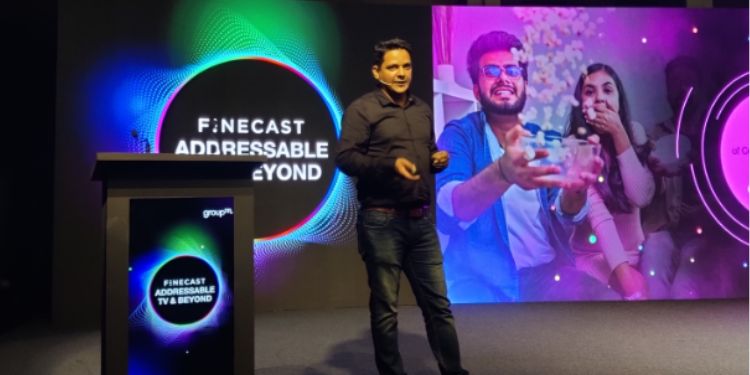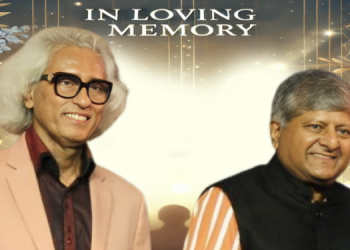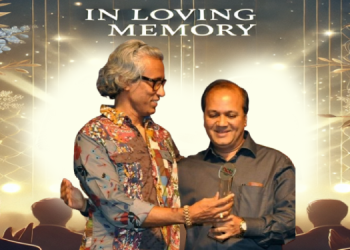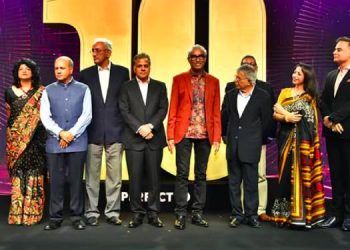The event focused on how the TV industry is witnessing a transformation and India is set to become the third largest TV market in the next three years.
GroupM’s Finecast, in partnership with Kantar, also unveiled ‘The Changing Landscape of Indian Television’ report that highlighted the rapidly changing media consumption habits.
Atique Kazi, President – Data, Performance & Digital Products, GroupM India shared his views on the topic.
He remarked, “We are a country of 302 million households and of that 210 million are TV households, so we are talking about a 70pc penetration out there. So there is definitely room to grow within these 30pc households for TV penetration and year on year we are adding approximately 1.8pc.
“TV in India from a viewership, penetration perspective has a massive headroom and that goes for the ad spends as well. Our latest TYNY report predicts that in India TV+ (linear TV and the plus extension) will grow at 11.8pc CAGR. When you compare to some of the other markets out there this number is hugely and astronomically high.”
“Across the world linear is on a constant decline, in India it’s growing at 9.8pc CAGR which is amazing. What’s more interesting is connected television in India is growing at a much faster space,” observed Kazi.
He further added, “Today in India we have approximately 20 to 22 million addressable TV households which comprise around 10pc of the overall TV households. By 2025 we are predicting that India will have 40 million addressable TV households that puts across 20pc household penetration. With this we are seeing that if convenience is driving audiences to connected TV, addressability is driving advertisers to connected TV.
“The growth is coming from the content explosion, increase in OTT subscribers, the time that they are spending on the specific content and on the other hand what’s really supporting is the broadband connections. As of now India stands at approximately 27.25 million household who are powered by broadband. And when I hear from friends from Jio, Airtel; the whole plans that we have I feel that it’s going to further accelerate and this number would probably reach around 80 million households very soon.”
“90pc of the televisions that are sold in India are actually smart TVs, we work with a partner who understands the middleware of those particular TV sets; of that 90pc, 80pc came online. Of that 80pc we saw another 80pc monthly active and 40pc daily active. 80pc of those people who were connected to the homes used paid TV connections and if you look at their watching behavior they are part switchers – they are watching three hours of linear content and one hour of streaming OTT services,” pointed the speaker.
Takeaways from the report:
CTV adoption has rapidly evolved in the two years. The report attempts to map the intent in the next one year, on how many percentage of linear users are actually considering to go online with connected televisions. The report also identifies that CTV users appear to have a higher preference of lifestyle, health would be more premium than the standard NCCS A and B definitions.
Kazi noted that as advertisers and agencies, the biggest challenge is that there is no single view of TV and CTV ecosystem. There’s no common measurement as well as BARC in India does not report on CTV.
“We at GroupM how we plan to combat these challenges is in the areas of offering a single access point TV, targeted TV, strategic data partnerships, pushing the industry towards a holistic management of targeted TV and more importantly brand safety on AVOD prices,
TV is not just a mass awareness tool, with connected devices the opportunity to make the set-top boxes addressable, TV can be a massive performance tool to drive business outcomes. As a result Finecast becomes one of our accelerators to drive our clients and our agencies in the whole industrial thesis,” surmised Kazi.

















